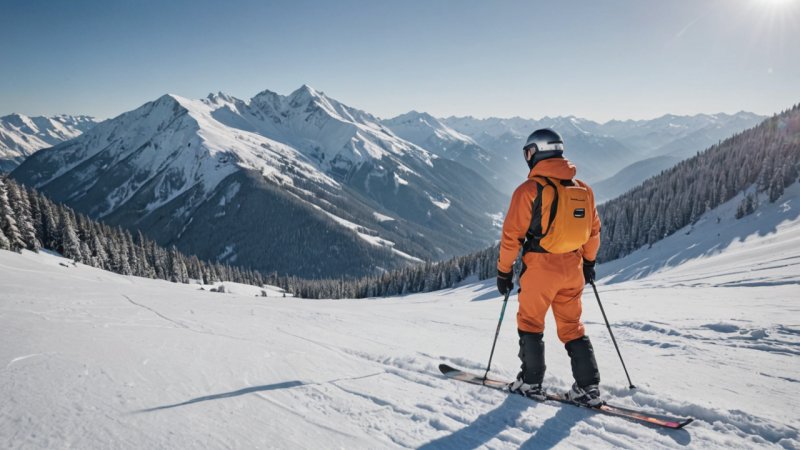Winter sports provide exhilarating experiences, but they also come with risks that require careful planning and preparation. Creating a winter sports safety checklist can help ensure that you and your loved ones enjoy the slopes or trails while minimizing the chances of injury. Whether you are skiing, snowboarding, or participating in other winter activities, having a comprehensive safety checklist is essential. Here are the key components to include in your winter sports safety preparation.
Protective Gear
Wearing the right protective gear is crucial for safeguarding against injuries. Make sure to check the following:
- Helmets: Choose a helmet designed specifically for winter sports, ensuring it fits snugly and meets safety standards.
- Visors and Goggles: Protect your eyes from UV rays and wind with high-quality goggles or visors that provide a clear view of your surroundings.
- Padding: Consider wearing additional padding, such as knee and elbow pads, especially for snowboarding or other high-impact activities.
Clothing Layers
Proper clothing can make all the difference in maintaining body heat and comfort while participating in winter sports. Remember to:
- Base Layer: Wear moisture-wicking fabrics to keep sweat away from your skin.
- Insulation Layer: Choose materials like fleece or down for warmth, ensuring they are not too bulky.
- Outer Layer: Select waterproof and windproof jackets and pants to protect against the elements.
Equipment Check
Before heading out, inspect all your equipment to ensure it is in good condition. Key items to check include:
- Bindings: Make sure ski or snowboard bindings are properly adjusted for your weight and skill level.
- Skis/Snowboard: Inspect for any damage or wear, and ensure edges are sharpened for optimal performance.
- Poles: Check for any bends or breaks in ski poles and ensure they are the right length for your height.
First Aid Kit
Having a first aid kit on hand can be vital for addressing any minor injuries. Your kit should contain:
- Bandages and Gauze: For cuts and scrapes, bring various sizes for different injuries.
- Ice Packs: Essential for reducing swelling and pain from falls or impacts.
- Medications: Include pain relievers, antihistamines, and any personal medications that may be needed.
Emergency Preparedness
In winter sports, being prepared for emergencies is crucial. Consider the following:
- Communication Devices: Carry a fully charged mobile phone or two-way radio to stay connected.
- Know Your Location: Familiarize yourself with trail maps and be aware of your surroundings.
- Buddy System: Never go alone; always have a buddy with you for safety and assistance.
In conclusion, a well-structured winter sports safety checklist is an essential component for any winter sports enthusiast. By ensuring you have the right protective gear, appropriate clothing layers, well-maintained equipment, a stocked first aid kit, and a plan for emergencies, you can enhance your winter sports experience. Remember, preparation is key to enjoying the thrill of winter activities while keeping safety a top priority.






